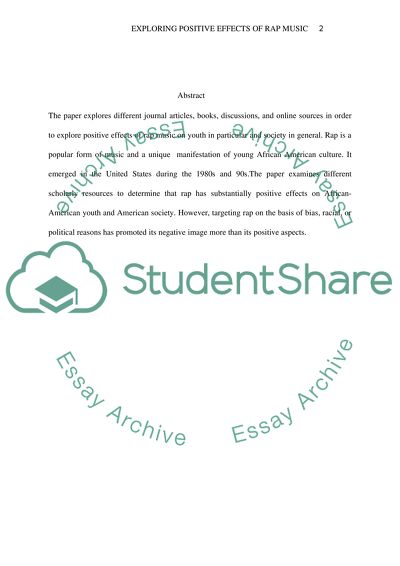Cite this document
(“Exploring Positive Effects of Rap Music Essay Example | Topics and Well Written Essays - 5000 words”, n.d.)
Retrieved de https://studentshare.org/psychology/1392159-exploring-positive-effects-of-rap-music
Retrieved de https://studentshare.org/psychology/1392159-exploring-positive-effects-of-rap-music
(Exploring Positive Effects of Rap Music Essay Example | Topics and Well Written Essays - 5000 Words)
https://studentshare.org/psychology/1392159-exploring-positive-effects-of-rap-music.
https://studentshare.org/psychology/1392159-exploring-positive-effects-of-rap-music.
“Exploring Positive Effects of Rap Music Essay Example | Topics and Well Written Essays - 5000 Words”, n.d. https://studentshare.org/psychology/1392159-exploring-positive-effects-of-rap-music.


